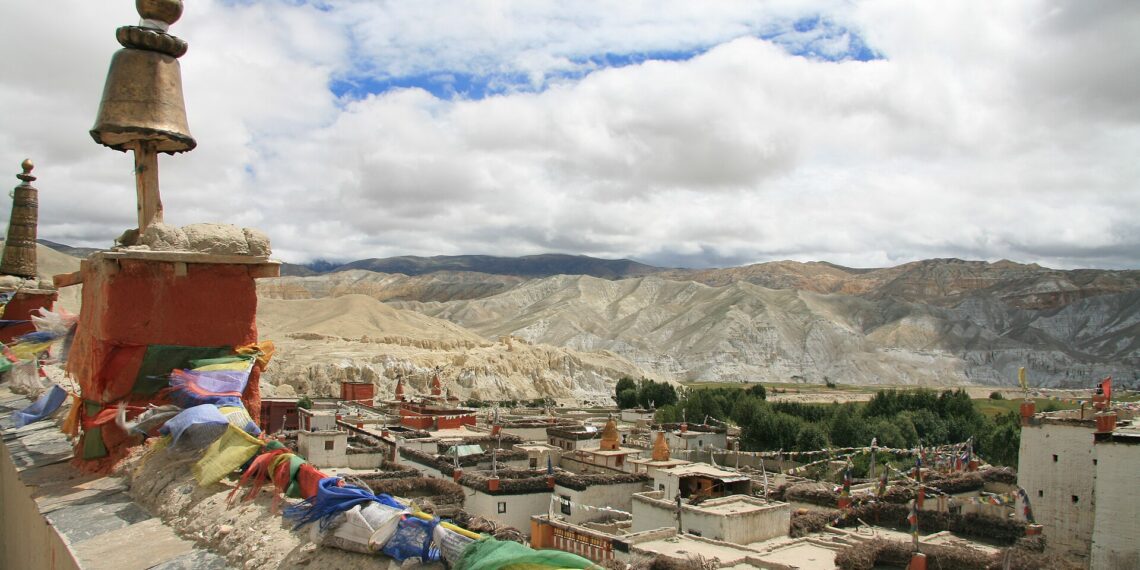Soon after the Tihar festival ended with Bhai Tika, Mustang experienced an unexpected flood of visitors, creating major challenges for local authorities and businesses. Like a sudden monsoon swell, thousands of domestic tourists poured into the trans-Himalayan district, overwhelming hotels and roads.
While Mustang usually draws visitors during Dashain, Tihar, and Chhath, this year’s crowd was far beyond expectations. Many had assumed tourism would remain slow due to protests and unpredictable weather, but the opposite happened—by Friday, the district was packed.
The surge is largely credited to the rapid development of the Beni–Jomsom–Korala national highway and Mustang’s growing visibility in international travel media. With most of the road now blacktopped and bridges built over major rivers, travel from Pokhara and Kathmandu has become much easier.
Police estimate around 8,000 tourists entered Mustang over the Tihar weekend. Hotels across Jomsom, Kagbeni, Marpha, and nearby towns filled quickly, leaving many visitors without rooms. Those who arrived without bookings spent nights in vehicles, monasteries, or community halls. Managing traffic and collecting visitor data became difficult, with long queues reported along the Beni–Jomsom highway.
Some hotels reportedly hiked prices, prompting complaints on social media. The Mustang Chamber of Commerce urged business owners to charge fairly and protect the region’s reputation. Local officials and tourism entrepreneurs have called for better planning and alternative lodging options during peak seasons.
Mustang currently has about 325 hotels across its five rural municipalities—insufficient during festival periods. Authorities are now advising travellers to make advance bookings before visiting. Despite the strain on infrastructure, the sudden influx reflects Mustang’s growing appeal as one of Nepal’s top travel destinations, blending natural beauty, cultural heritage, and improved accessibility.





